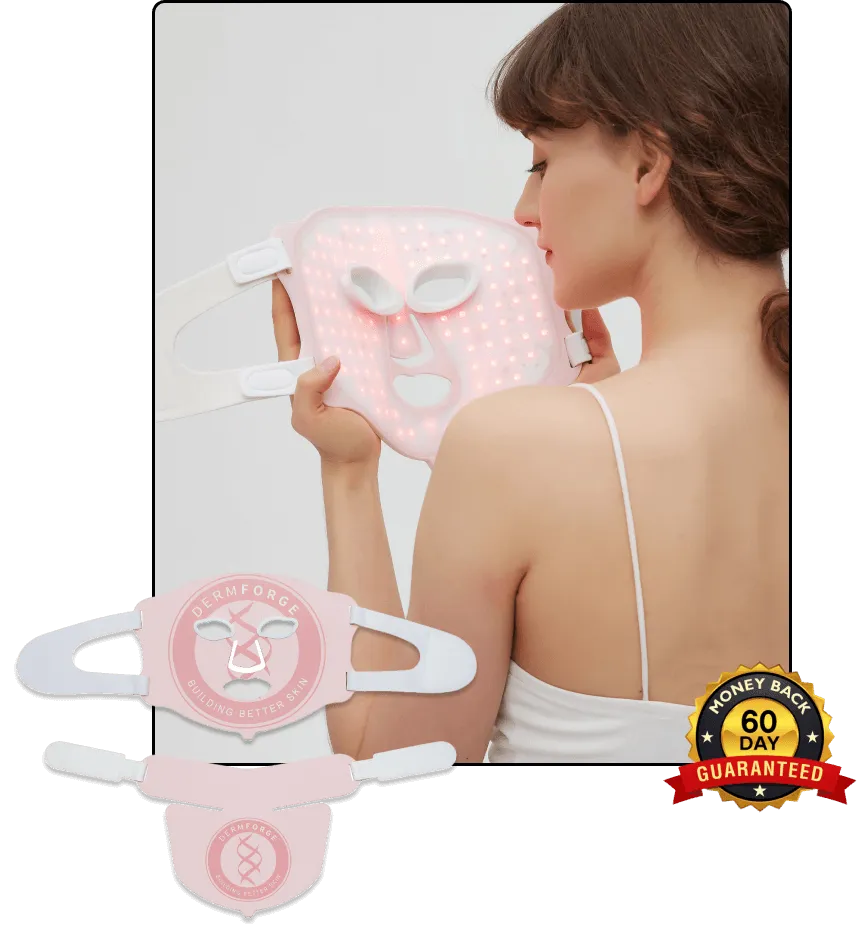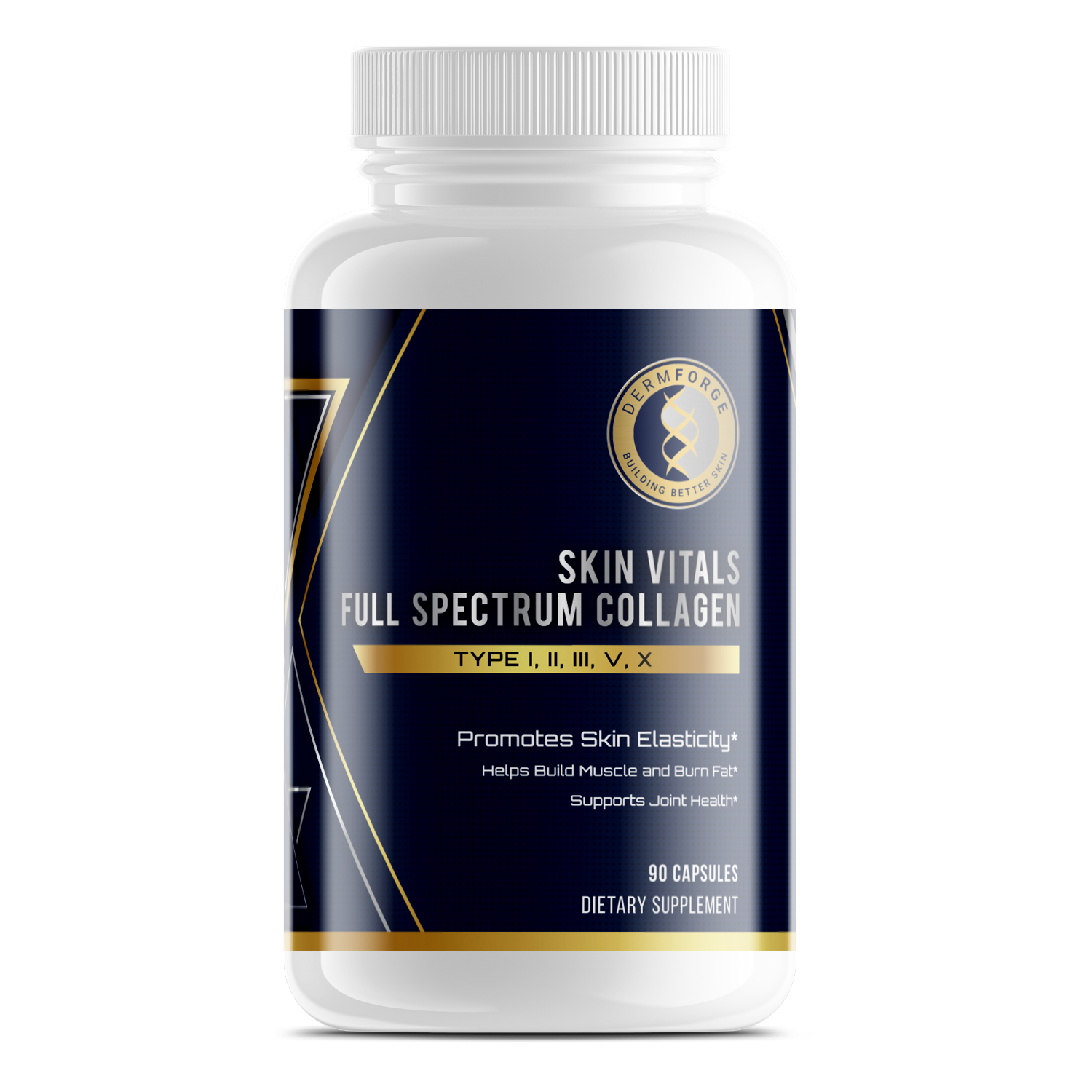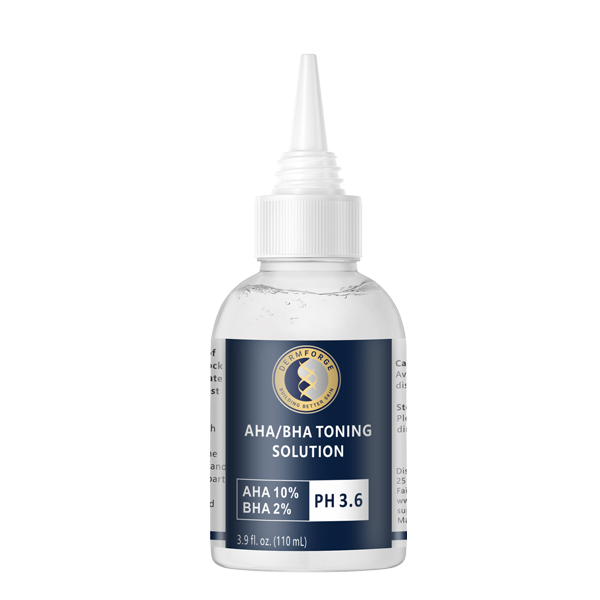Many products in the wellness and medical space carry labels like FDA Cleared or FDA Approved. However, these terms mean different things. The distinction between FDA Cleared vs. Approved can affect how your product is received, marketed, and sold. Understanding this difference helps you make smarter decisions and avoid potential missteps.
Therefore, learning how these terms apply can protect your business. Whether you sell skincare tools, supplements, or medical devices, the label matters. Additionally, knowing what each status allows can guide how you present your product to consumers and partners.
Some companies misuse these terms, which can damage credibility. However, you can avoid this by staying informed. Knowing the regulatory path behind each designation builds trust and keeps your communication clear. It also keeps your business aligned with FDA expectations.
Additionally, your team will benefit from understanding how each process works. Product developers, marketers, and salespeople should know when a product qualifies for clearance or needs full approval. That way, your messaging stays accurate from concept to launch.
As you read further, you will see why these labels are more than fine print. They speak to your product’s safety, testing, and purpose. By learning the meaning behind FDA Cleared vs. Approved, you protect your brand and serve your audience better.
Understanding the FDA’s Role in Regulating Medical Products
The U.S. Food and Drug Administration oversees the safety and effectiveness of a wide range of health-related products. This includes drugs, devices, supplements, cosmetics, and more. Therefore, its role affects both public health and business operations.
The FDA sets standards that companies must meet before selling certain products. These standards vary based on product type and risk. Additionally, some products need approval, while others require clearance. Each pathway has specific requirements and timelines.
Understanding the FDA’s role helps you better evaluate product safety. You may see terms like FDA cleared or FDA approved used often. However, these terms are not interchangeable. They each carry different meanings tied to product category and review process.
When the FDA evaluates a product, it reviews safety, performance, and potential health risks. Therefore, its involvement helps protect consumers from false claims or unsafe products. Businesses must follow FDA guidelines to legally market many health-related goods.
Additionally, FDA oversight builds consumer trust. Many people rely on FDA involvement as a sign that a product meets basic standards. Whether you are a business owner or a customer, it helps to know what the terms mean.
The conversation around FDA Cleared vs. Approved can be confusing. However, understanding the difference can help you make smarter choices. It also helps companies communicate clearly and avoid misleading claims.
When you know what each designation involves, you’re better equipped to assess a product’s credibility. That insight benefits both buyers and sellers in regulated industries.
What “FDA Cleared” Really Means
When a product is labeled as FDA cleared, it means the FDA has reviewed it through a specific regulatory pathway. Most often, this applies to Class II medical devices. These products are considered moderate risk and require more scrutiny than low-risk items.
FDA clearance typically comes through the 510(k) process. This process compares a new device to an existing product already on the market. Therefore, the new device must be substantially equivalent in terms of safety and intended use. It does not mean the FDA tested the product directly.
You may see terms like thermometer, blood pressure monitor, or surgical gloves listed as FDA cleared. These devices passed through the 510(k) process and met the required standards. However, clearance does not mean the product received premarket approval.
The 510(k) process helps bring new medical devices to market more efficiently. Additionally, it maintains standards that protect consumers from unsafe or ineffective products. The process focuses on performance and risk without demanding clinical trial data in most cases.
Understanding the meaning of clearance helps avoid confusion. Many consumers and businesses confuse FDA Cleared vs. Approved when reading product labels. However, each status reflects a different level of review and regulatory control.
If your business sells Class II medical devices, the 510(k) pathway may apply. Therefore, understanding how it works can save time and avoid legal issues. Accurate labeling also builds trust with customers and healthcare providers.
Knowing what clearance means helps you evaluate product claims more clearly. It also highlights the importance of transparent marketing in regulated industries.
What “FDA Approved” Involves and When It’s Required
FDA approval applies to products with higher risk, such as Class III medical devices, prescription drugs, and biologics. These include items like implantable pacemakers, vaccines, and new prescription medications. Therefore, the approval process is more rigorous and time-consuming than clearance.
To receive approval, manufacturers must submit a premarket approval (PMA) application. This application includes scientific evidence that shows the product is safe and effective. Additionally, most PMA submissions require multiple phases of clinical trials. These trials evaluate how the product performs in controlled human studies.
Unlike clearance, FDA approval is not based on comparisons to existing products. It involves a full review of safety, performance, and benefit-risk balance. Therefore, approved products have been studied more deeply and must meet higher standards.
The approval process often takes several years. However, the outcome carries more regulatory weight. It also allows companies to market their products as FDA approved. This distinction is important when comparing FDA Cleared vs. Approved products.
You might assume both terms mean the same thing, but they do not. Each label reflects a different level of risk and review. Additionally, using the wrong term in product marketing may lead to regulatory issues or customer confusion.
If your product falls into the Class III category, expect to follow the PMA pathway. Therefore, planning early for trials and documentation is important. Your timeline and costs will differ from those for lower-risk devices.
FDA approval adds credibility and confidence for consumers and healthcare providers. However, it also carries more responsibility during development, testing, and ongoing reporting.
Key Differences Between FDA Clearance and Approval
The difference between FDA clearance and approval begins with product risk. Clearance applies to moderate-risk devices. Approval applies to high-risk items. Therefore, each follows a separate regulatory pathway designed for its risk level and intended use.
FDA clearance involves the 510(k) process. This requires the product to be substantially equivalent to one already on the market. Additionally, it often does not require clinical trials. Instead, it focuses on safety and performance compared to existing technology.
FDA approval involves a premarket approval (PMA) process. This pathway requires clinical data and full scientific review. Therefore, it is more time-consuming and expensive than clearance. However, the higher level of review reflects the higher level of risk.
Another key difference is what each designation allows a company to claim. Clearance permits marketing of a device as safe and effective when used like an existing product. Approval allows companies to promote their product as FDA approved. However, each claim must match the type of review completed.
FDA Cleared vs. Approved is not a matter of preference. It’s a matter of regulatory classification. Therefore, labeling a cleared product as approved is both misleading and noncompliant. Additionally, it may create legal or reputational problems for your business.
Understanding the differences helps you make informed decisions. If you’re launching a product, know which pathway applies to your category. If you’re evaluating one, look closely at the terms used in its marketing. This knowledge protects both your credibility and the end user’s safety.
Common Misconceptions About FDA Labels and Marketing Claims
Many businesses use FDA terms loosely in their marketing. However, misusing these labels can lead to confusion, fines, or lost trust. Therefore, understanding what each term means matters for both compliance and customer confidence.
Some companies say their products are FDA approved when they are only cleared. Others use terms like FDA registered, which is not the same. FDA registration means the business listed its facility with the FDA. It does not mean the product passed a review.
Additionally, FDA approval applies only to certain high-risk products. You cannot apply that label to Class I or II devices without going through the full PMA process. Therefore, labeling a low-risk product as approved can mislead customers and trigger penalties.
Consumers often assume these terms are interchangeable. However, the FDA views them very differently. FDA Cleared vs. Approved refers to distinct regulatory pathways. Each has specific rules, testing, and legal definitions. Using the wrong term may seem small, but the consequences can be serious.
Mislabeling also affects how people view your brand. If you overstate what the FDA reviewed, you risk losing consumer trust. Additionally, regulators may take action if your claims misrepresent product status or performance.
Therefore, use FDA terms with care. Review your marketing materials and verify each phrase matches your product’s regulatory path. When in doubt, consult professionals who understand FDA compliance. Doing so protects your business and helps your audience make informed choices.
Why the Distinction Matters for Businesses and Consumers
The difference between FDA Cleared vs. Approved influences how people view your product. Investors and consumers both watch these terms closely. Each label communicates a different level of review, risk, and evidence.
Additionally, investors may use this information to assess risk. Products with FDA approval often involve more testing and higher standards. Therefore, that distinction can affect valuation or funding. If you plan to attract capital, accurate labeling can support confidence.
Consumers also look for products with proper FDA labeling. Many buyers associate approval with safety and effectiveness. However, others may not understand that clearance is not the same. Therefore, using the right term can help set realistic expectations and reduce confusion.
In wellness and beauty markets, these terms show up often. Products like light therapy devices or topical treatments may be cleared, not approved. However, labeling them as approved can backfire. Misusing terms can damage trust, lead to complaints, or attract legal scrutiny.
Your business should train marketing and product teams to understand these definitions. Additionally, make sure customer-facing content reflects accurate regulatory status. Clear communication builds trust and protects your brand.
Therefore, take these distinctions seriously. When you apply the right term, you support better decisions and protect your reputation long-term.
Conclusion
Understanding the difference between FDA Cleared vs. Approved helps you make better choices for your products and messaging. Each term reflects a distinct regulatory path. Additionally, the right classification supports trust, reduces legal risk, and improves communication.
Many businesses confuse these terms or use them interchangeably. However, accuracy matters. When you label products correctly, you avoid misleading claims and protect your reputation. Therefore, review your current labels and content to confirm they align with regulatory status.
Additionally, share this knowledge with your team. From product development to marketing, every department should speak the same language. Clear internal guidance supports consistency across platforms and campaigns. It also helps prevent errors before they reach the public.
You can also use this clarity to build consumer confidence. Many buyers look for FDA references when choosing health or beauty products. Therefore, accurate use of FDA terms may increase credibility and set your brand apart.
If you're unsure about classification, seek legal or regulatory input. Doing so now can save you from costly corrections later. Additionally, transparency fosters loyalty and supports long-term growth.
In the end, using the correct label is not a small detail. It reflects your business's values, care, and commitment to informed practices.







